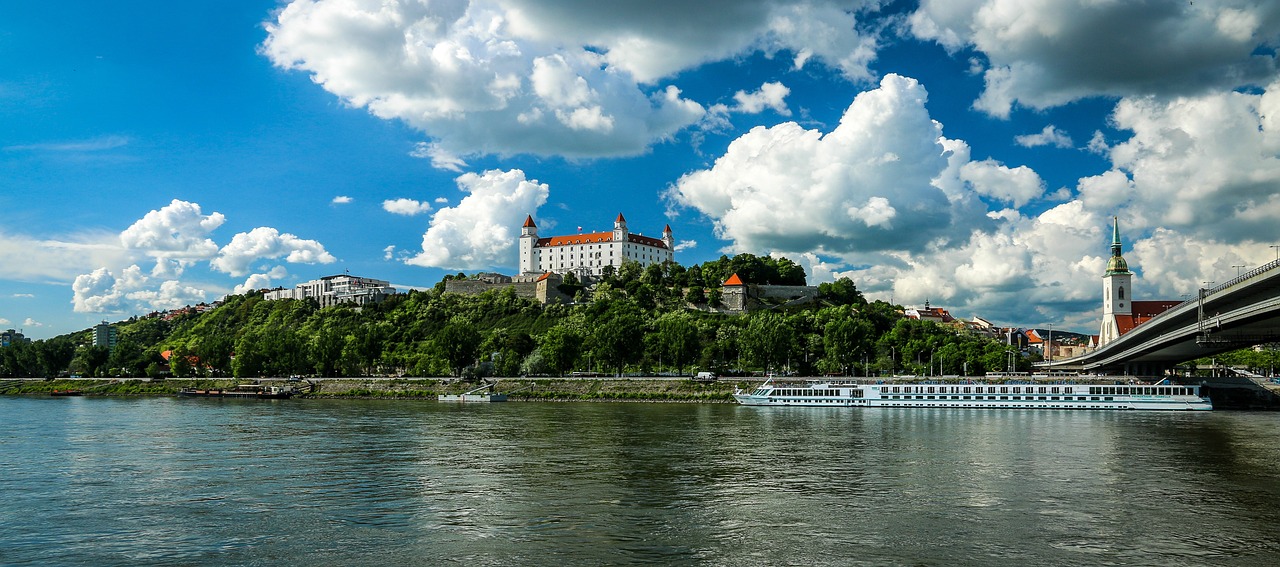Language and Communication: Overcoming Barriers in Slovakia
Slovakia, a landlocked country in Central Europe, is known for its rich culture, picturesque landscapes, and historical landmarks. With a population of over 5 million people, Slovakia is a diverse nation with multiple ethnic groups and languages spoken. However, the official language of Slovakia is Slovak, which can pose challenges for communication, especially for non-Slovak speakers. In this article, we will explore the various aspects of language and communication in Slovakia, along with strategies to overcome language barriers.
Language Diversity in Slovakia
Slovakia is a multilingual country, with Slovak being the dominant language. However, due to historical influences and the presence of minority groups, other languages are also spoken in certain regions. Hungarian is the second most widely spoken language, primarily in the southern areas of Slovakia where the Hungarian minority resides. Other languages spoken include Czech, Romani, Ukrainian, and German, among others.
- Language Policy: The Slovak language has been the official language of Slovakia since its independence in 1993. The language policy aims to promote and preserve the Slovak language as a symbol of national identity. It is important to note that while Slovak is the official language, minority languages are protected and recognized by law.
- Bilingualism: In regions with significant minority populations, bilingualism is common. For example, signs, public documents, and services are often available in both Slovak and Hungarian in areas with a large Hungarian-speaking population.
- Language Education: The education system in Slovakia emphasizes the teaching of Slovak as the primary language. However, minority languages are also taught in schools, ensuring that students have the opportunity to learn their heritage language.
- Language Use: In everyday life, Slovak is the most commonly used language across the country. However, in areas with a significant minority population, people often switch between Slovak and their native language depending on the context and the individuals involved.
Challenges Faced by Non-Slovak Speakers
For non-Slovak speakers, language barriers can present challenges in various aspects of life, including social interactions, accessing services, and navigating the country. Here are some common challenges faced by non-Slovak speakers in Slovakia:
- Communication: The inability to speak Slovak can make it difficult to communicate with locals, especially in rural areas where English proficiency may be limited. Basic phrases in Slovak can be helpful in day-to-day interactions.
- Employment: Job opportunities may be limited for non-Slovak speakers, as many employers require proficiency in the Slovak language. However, there are sectors such as IT, where English proficiency is highly valued.
- Healthcare: Navigating the healthcare system can be challenging for non-Slovak speakers. Finding healthcare providers who speak English or other commonly spoken languages can be essential for effective communication and understanding medical procedures.
- Education: Non-Slovak speaking children may face difficulties in schools where Slovak is the primary language of instruction. However, international schools and language support programs are available to assist non-Slovak speakers.
- Tourism: Language barriers can impact tourists’ experiences in Slovakia. While major tourist destinations often have English-speaking staff, it is advisable to learn some basic Slovak phrases or carry a translation app to enhance communication.
Strategies to Overcome Language Barriers
While language barriers can be challenging, there are strategies that can help overcome them and facilitate effective communication in Slovakia:
- Language Learning: Learning basic Slovak phrases can greatly enhance communication and make interactions smoother. Online resources, language courses, and language exchange programs are available to help non-Slovak speakers improve their language skills.
- Translation Services: Utilizing translation services, such as professional translators or translation apps, can bridge the language gap in various situations. These services can assist with important documents, appointments, or interactions where language proficiency is essential.
- Language Support Programs: Non-profit organizations and community centers often offer language support programs for non-Slovak speakers. These programs provide language classes, cultural integration, and assistance in navigating daily life in Slovakia.
- Interpretation Services: In situations where immediate and accurate communication is crucial, professional interpretation services can be utilized. These services are particularly useful in healthcare settings or legal matters.
- Engaging with the Local Community: Engaging with the local community can provide opportunities to practice Slovak, build relationships, and gain a deeper understanding of the culture. Language exchange events and community gatherings can be excellent platforms for interaction.
Slovakia Image 1:

Cultural Sensitivity and Respect
When interacting with people in Slovakia, it is important to approach language barriers with cultural sensitivity and respect. Here are some tips to keep in mind:
- Patience: Be patient when communicating with non-Slovak speakers. Understand that language learning takes time and effort.
- Non-Verbal Communication: Non-verbal cues, such as gestures and facial expressions, can help bridge communication gaps and convey meaning.
- Respectful Attitude: Show respect for the local language and culture. Attempting to learn and use basic Slovak phrases is appreciated by locals.
- Ask for Help: If you are struggling to communicate, don’t hesitate to ask for assistance. Locals are often willing to help and guide you.
- Language Exchange: Engaging in language exchange programs can foster mutual understanding and provide opportunities for cultural exchange.
Slovakia Image 2:

Conclusion
Language and communication are essential aspects of daily life in Slovakia. While the dominant language is Slovak, the country’s linguistic diversity adds richness to its cultural fabric. Non-Slovak speakers may face challenges, but with the right strategies and a respectful attitude, language barriers can be overcome. By embracing language learning, utilizing translation services, and engaging with the local community, individuals can enhance their experiences and fully enjoy all that Slovakia has to offer.
Slovakia Image 3:

References
– Slovak Ministry of Foreign Affairs: www.mzv.sk
– Slovak Spectator: www.spectator.sk
– International Organization for Migration – Slovakia: www.iom.int/slovakia
– Slovak Centre of Scientific and Technical Information: www.cvtisr.sk

